It was over a week before someone visited the home in Reading, Pennsylvania of a recently deceased woman. She had passed away outside of the house, and no one knew what was awaiting behind her closed doors. It was a massive hoard that covered the two-story home on Perkiomen Ave. What made this hoard more extreme, were the 40 cats that were living on the upstairs floor.
They’d been left on their own when the woman passed away–no one knowing they were there!
It is unknown whether the woman had family or friends that knew of her passing. Surely they’d have known if she had cats–even one! But when 40 cats go unattended for that long, they may have been the poor woman’s only family.
Without her, they received no food or water for the duration. When officials learned of the situation, they reached out to the Animal Rescue League of Berks County. Unfortunately, the ARL have had their fair share of animal hoarding rescues over the years. They agreed to help and deployed a team with the necessary trapping and medical supplies.
Arriving on site on March 19th, they found most of the cats were actually in pretty good shape physically. Clearly they were hungry, but we will never know how many of those days were spent in search of food. The woman had taken acceptable care of the animals, considering their living conditions. Sadly, her environment and self, seemed to have been on the bottom of her priority list.
None are spayed or neutered and some are showing signs of respiratory illness and eye issues, which may require costly enucleation surgery.
Although most were healthy, the cats mental health is in serious need of attention.
When a person suffers from a hoarding condition, many times “walls” are built to keep the outside world, well… “out”. Often this is translated as actual physical barriers of belongings that make it difficult to maneuver through the home. Depending on her physical health leading up to her passing, their owner may not even have been able to get to the 2nd floor. She may not have even known there WERE that many cats in her home! It’s likely the cats were fed in one place near the stairs. They then scattered, disappearing back into the hundreds of hiding spots.
It’s possible that this constant detachment from human interactions is what’s causing the biggest issue now.
Some of them are currently so unsocialized, it’s unclear if they’ll ever be able to be indoor, “family” cats. They may be better suited for a “working cat program”, such as barn cat programs. No one is ready to give up on socializing them yet though.
“They are quite afraid, and they are going to need some time where they can decompress,” said Elisabeth Manwiller, deputy director of the ARL in Cumru Township.
“The ones we couldn’t get [initially] because of extreme fear, we set traps out after that, to get the rest of them. So we are still in the process of trapping some of the cats in that house,” said Manwiller. “The most traumatized cats are being kept in crates with privacy towels to help them adjust.”
“We initially brought in 29 cats, then trapped 11 more and had one litter of 4 kittens here at the shelter. So far, it’s a grand total of 44 cats, when you add in the kittens. The traps were empty today, so we’re hoping that’s all of them.” ??
They haven’t been able to confirm the sexes of the majority of them because they are so afraid of humans.
Especially meeting humans for what may be their first time and in the shelter atmosphere. They did however, just learn of another female in the group on Friday the 22nd.
It was about the time she gave birth to a litter of 4 kittens and they noticed the neonatal meows coming from the cage.
Since our initial intake of 40 cats from the hoarding situation, we have at least 9 more kittens!!! We haven’t been able to count all of the babies since some of the moms are very protective of their babies and untrusting of us so far. But here’s today’s new mom and her litter of 4 as best as we could photograph her without disturbing them too much.
After several days of observing the cats, it became apparent that they would need to extensive work if the hope was to socialize them for adoption.
Happily, it only took a few days at the shelter for some to begin coming out of their shells.
Some of them are happily head-butting their kennel doors, “talking” to staff and/or purring while they’re getting food.
But the majority of the 40 cats are still hiding in crates and paper bags and/or hissing. We’re minimizing their exposure to staff. We’ve kept the area around the room where they’re being kenneled quiet. We expect that some of them will become candidates for adoption as house pets. Others will be candidates for our working cat program.
This is a very fluid process. We can get to know their personalities as they learn to relax and trust us. We plan to give them about a month before we make any final determinations as to which path is best for their placement.
That month will not be a cheap one though.
Some of the cats will require prolonged medical, veterinary and shelter care. They are estimating that each cat is likely going to cost an average of $500 for basic care over that time. Each will eventually have to be spayed/neutered and receive vaccinations too.
Multiply that by 49 now–and hope there are no more pregnant females hiding out.
If you would like to donate, please visit their website HERE. We want to thank them for taking the time these cats will need, to truly have a chance at a quality life. That means indoors OR taken care of as working cats; whatever’s best for the cat.
Don’t forget to follow their stories and what we know will be amazing transformations! Visit the Animal Rescue League of Berks County on Facebook, Twitter and Instagram.
REMEMBER: ADOPT, DON’T SHOP; FOSTERING SAVES LIVES & SPAY AND NEUTER!
Related Story: 25 Cats Living In Hoard Rescued When Fire Breaks Out; Happily Moving On Thanks To CARF
Related (Cat Man Chris) Video: **GRAPHIC WARNING** 40+ Cats/Kittens Rescued from Hoarding House


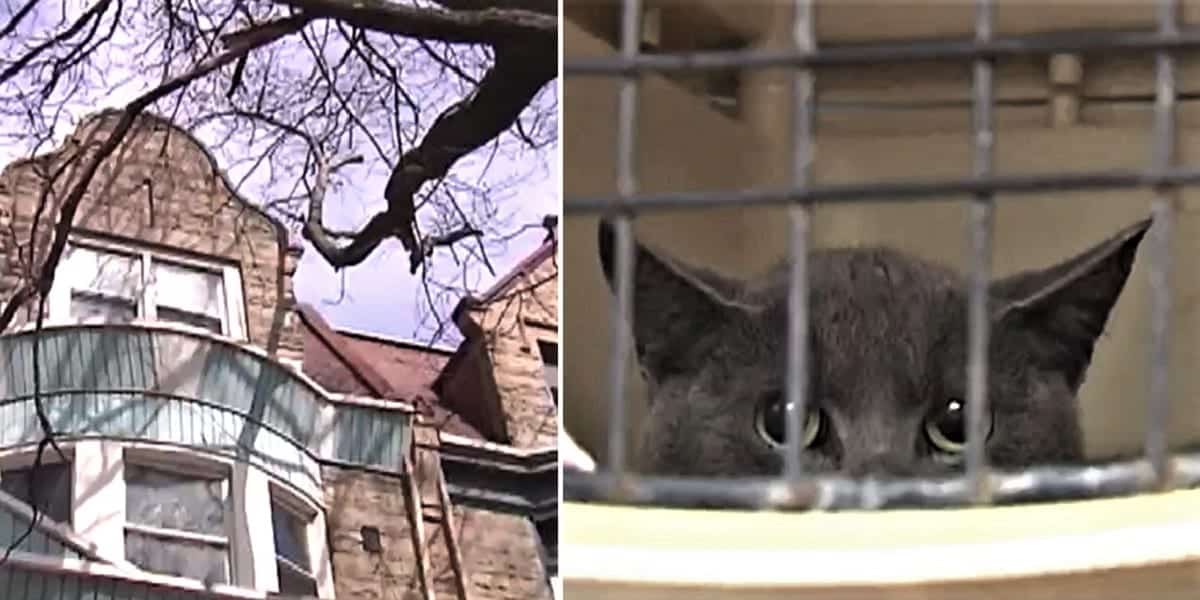

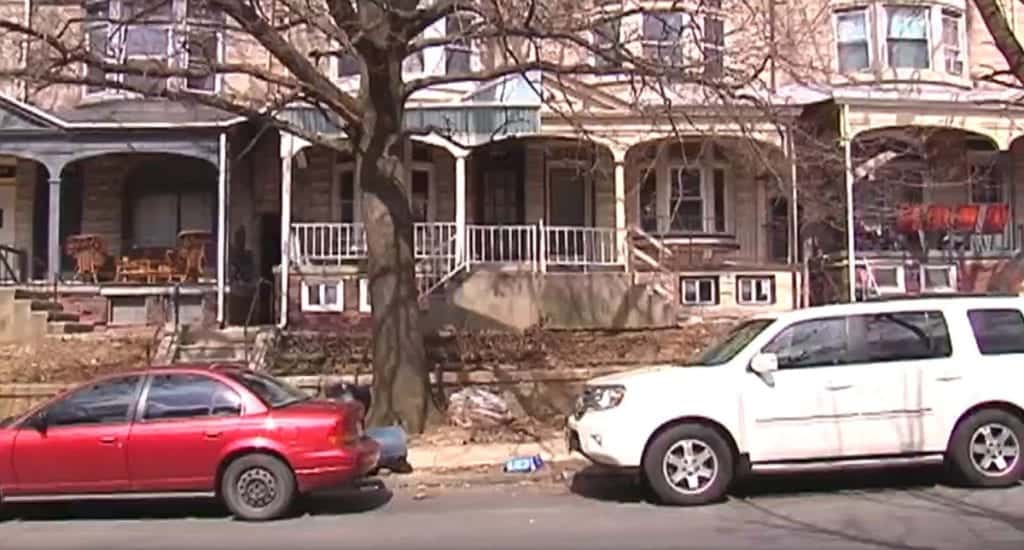




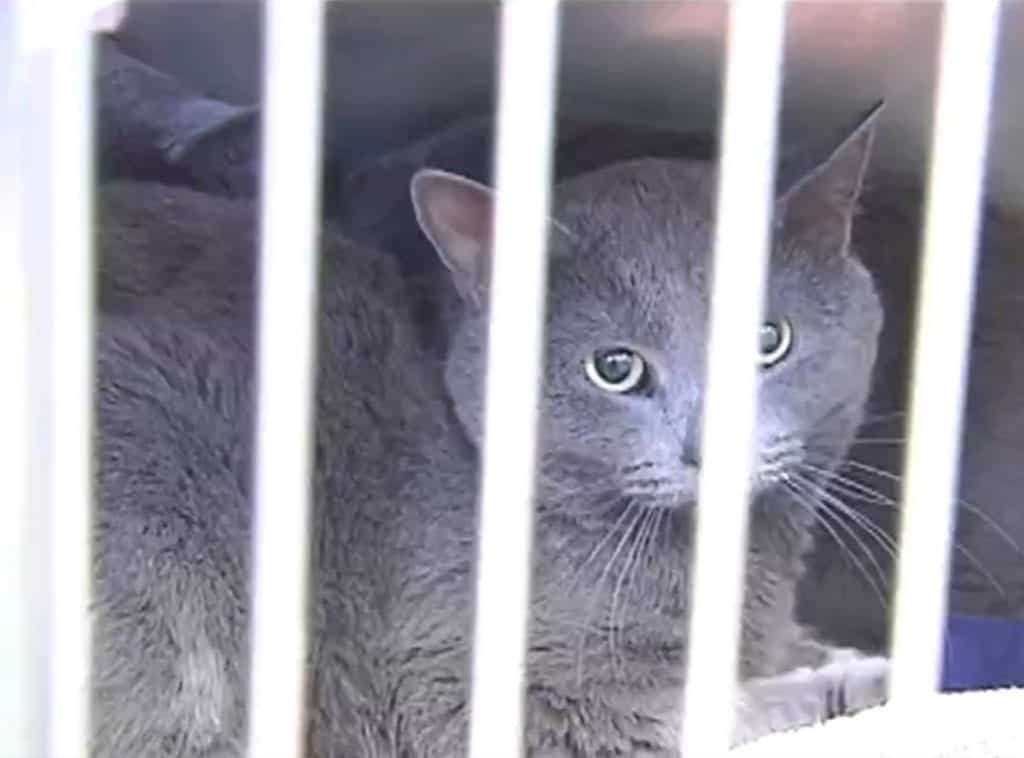

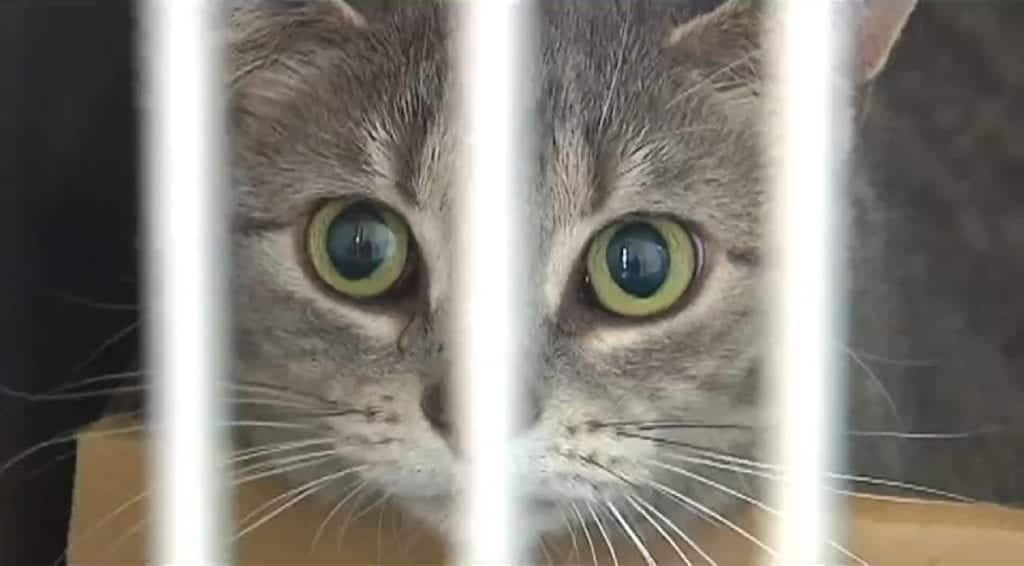
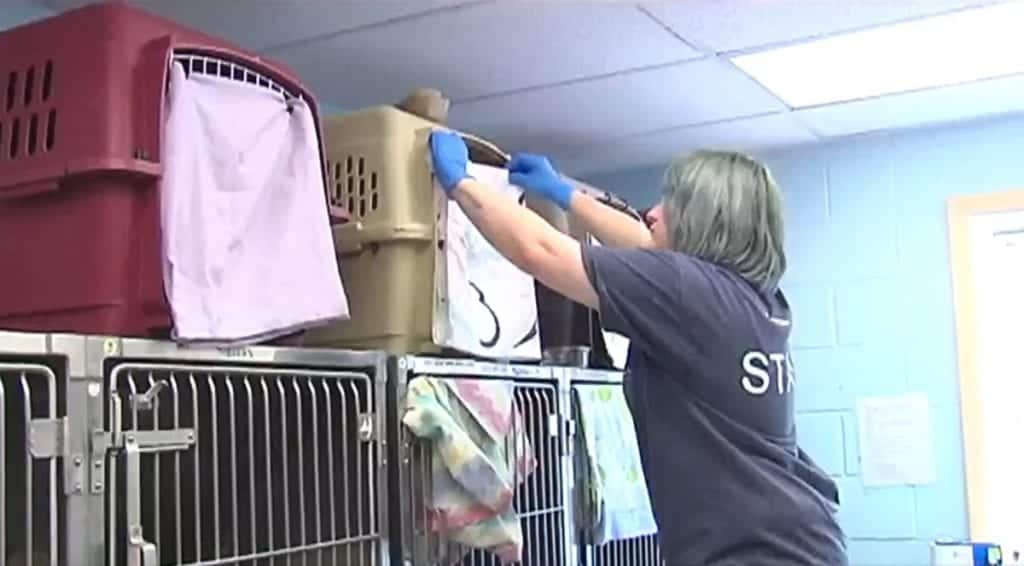


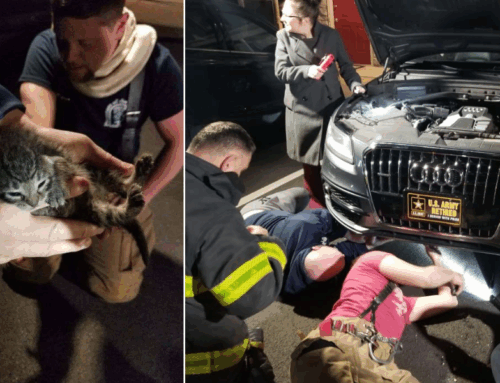
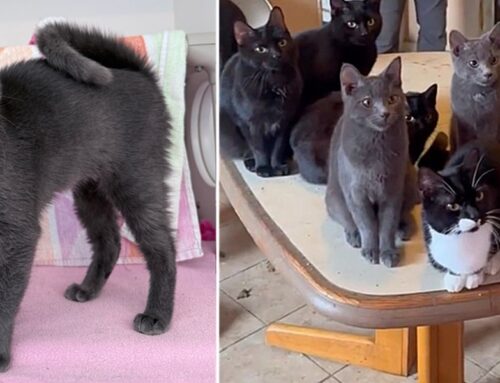
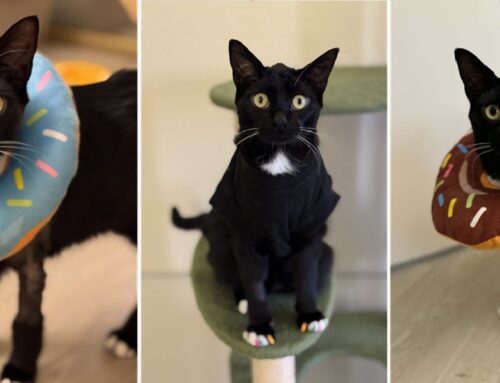
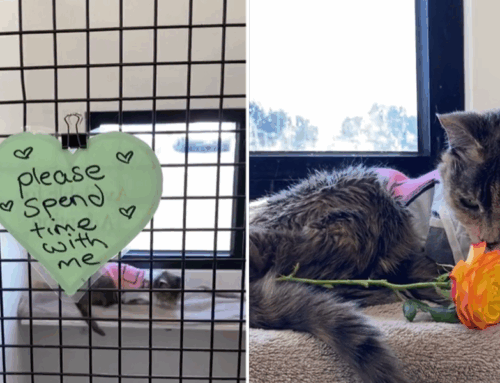
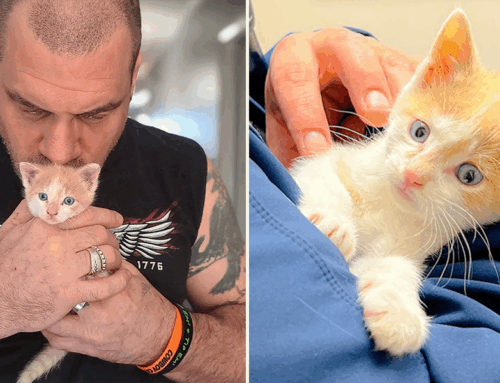
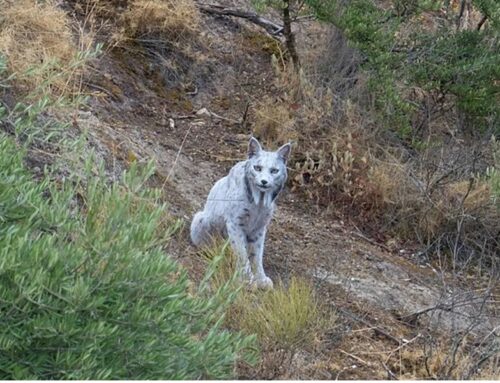
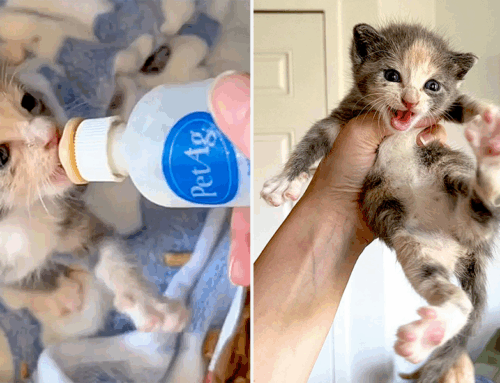
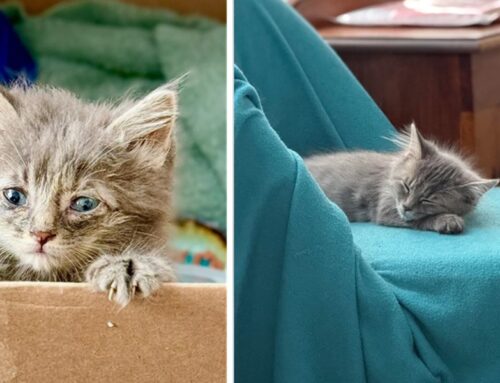
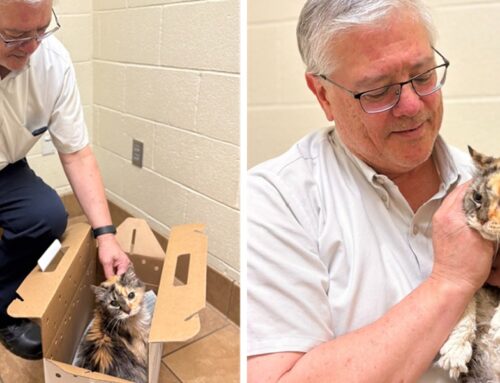
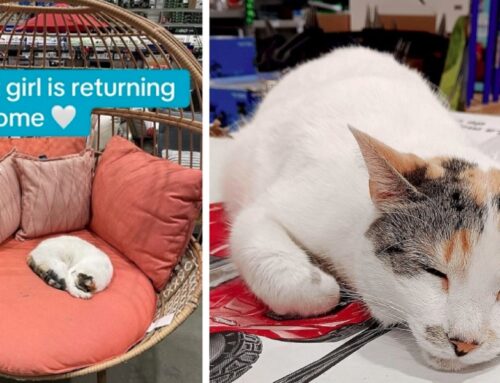
Make sure you have friends & family know, make anybody aware of your wishes if you have a pet that is going to be left after you die. It is your responsibility to take care of that animal, just as you would your own kid and make sure its safe and happy, even if you are not here.
Those poor babies.